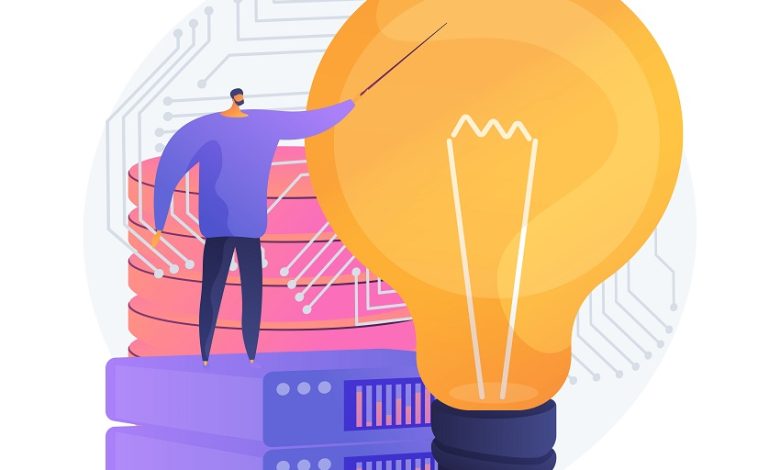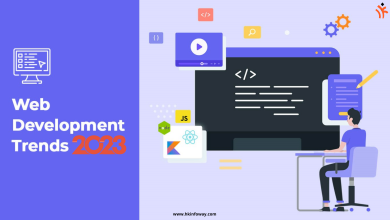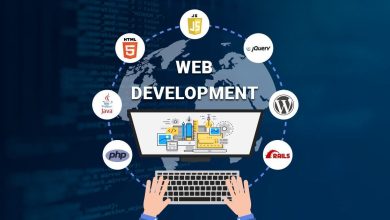What Is The Difference Between AI And Predictive Analytics

To put it simply, data is a marketer’s best friend. That is patterns in data collected from consumers. The data collected and the predictive analytics allowed them to anticipate their customers’ requirements and provide them with tailored offerings.
Predictive analytics and artificial intelligence (AI) may appear interchangeable at first. Although both analytic approaches can be helpful, their capabilities vary greatly. This article delves into the fundamental distinctions between ai and predictive analytics, their interrelatedness, and the significance of the two fields.
What is Artificial Intelligence?
The term “artificial intelligence” refers to a collection of technologies that can independently review past data, draw conclusions, and conduct experiments. The software can automatically recognize and learn from data trends thanks to the processing power of complex algorithms that operate on vast amounts of data in real time with no need for a priori knowledge or rules. This machine learning process constantly reevaluates models and data to make precise predictions at scale and speeds impossible for human analysts to achieve.
The application of AI in marketing allows for highly accurate forecasting of outcomes like product-to-customer matches and subsequent purchases. It is a generative modeling technique marketers use to gain microtargeted insights across large populations, creating highly targeted campaigns with optimal time and money.
What Predictive Analytics Is?
Predictive analytics is a branch of artificial intelligence that allows analysts to assess past data and make educated guesses about the future. Analysts capture historical trends and apply these patterns to current data, then compute a specific value at a future time. However, predictions based on the most recent data require constant manual retesting of the data.
A predictive analytics platform in marketing is a form of guided data forecasting. This analytical method shows demographics, targeting, and collateral decisions and provides rudimentary insight into the success of campaigns. Deeper insights take more time and money to gather, which limits use cases and campaign customization.
Why should financial applications like credit scoring use artificial intelligence or predictive analytics?
Understanding the technology’s operation begs the question: why use it, and is it worth the effort? If you are in the financial industry, these are the three most compelling arguments for incorporating AI and predictive analytics platforms into your operations.
Don’t make assumptions; use complex data to make choices
There is a lot of speed in business. Some events can substantially impact your company’s future, and it’s challenging to plan for this. You can make better business decisions, such as using the most recent credit scoring information so that you aren’t putting yourself in harm’s way when conditions change by taking advantage of the most recent data.
Don’t make poor choices or take on risky loans
Forget what you heard a decade ago about dressing to impress and heading to the bank to apply for a loan. Intelligent choice-making has taken its place. Today, it is possible to cut bad loans by as much as half using sophisticated data, AI, and machine learning credit scoring tools. Think about the potential for technology to impact the business decisions you make.
Conclusion
AI and predictive analytics are just beginning to emerge as viable technologies in the financial sector at this time. This, however, does not make it an experimental work. Instead, it’s a must-have for any company that deals with data in massive quantities. And this is all businesses. To stay relevant, make intelligent decisions and drive your business forward, you must look at technological solutions today.




